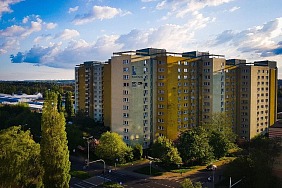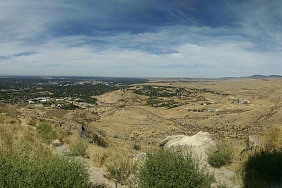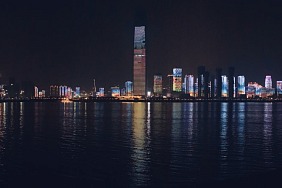Designing a remote work environment requires careful consideration of the needs of both employers and employees. As remote working has become increasingly popular, employers must ensure that the remote environment they design provides a conducive and productive space for their employees. It is important to consider factors such as access to resources, legal considerations, communication, and career development opportunities when designing a remote work environment.
Access to Resources
One of the most important considerations when designing a remote work environment is providing access to resources. In order to be successful, remote employees need to have access to the same resources as their in-office counterparts. This includes access to the same technology and software, as well as training and support when needed. Additionally, employers should ensure that remote employees have access to the same benefits and resources that their in-office counterparts have, such as health insurance and retirement plans.
Legal Considerations
When designing a remote work environment, employers must also consider legal considerations. Employers must ensure that they are in compliance with all local, state, and federal laws regarding remote work. Additionally, employers must ensure that they are properly compensating their remote employees and providing them with a safe and secure work environment. Employers should also consider the legal implications of data privacy, especially if their remote employees are accessing sensitive data.
Communication
Communication is essential when designing a remote work environment. Employers must ensure that their remote employees have access to the same communication tools and resources as their in-office counterparts. This includes access to email, chat, and video conferencing tools. Additionally, employers should consider implementing communication protocols and guidelines to ensure that all remote employees are staying connected and on the same page.
Career Development Opportunities
When designing a remote work environment, employers should also consider providing career development opportunities for their remote employees. This can include access to professional development courses and workshops, as well as mentorship and leadership programs. Additionally, employers should consider providing opportunities for remote employees to attend conferences and networking events. By providing these opportunities, employers can ensure that their remote employees have the resources they need to succeed.
Designing a remote work environment can be a complex process, but it is essential for employers to ensure that they are providing their employees with the resources, legal considerations, communication, and career development opportunities they need to succeed. By taking the time to consider all of these factors, employers can ensure that they are providing their remote employees with the best possible environment to thrive in.














